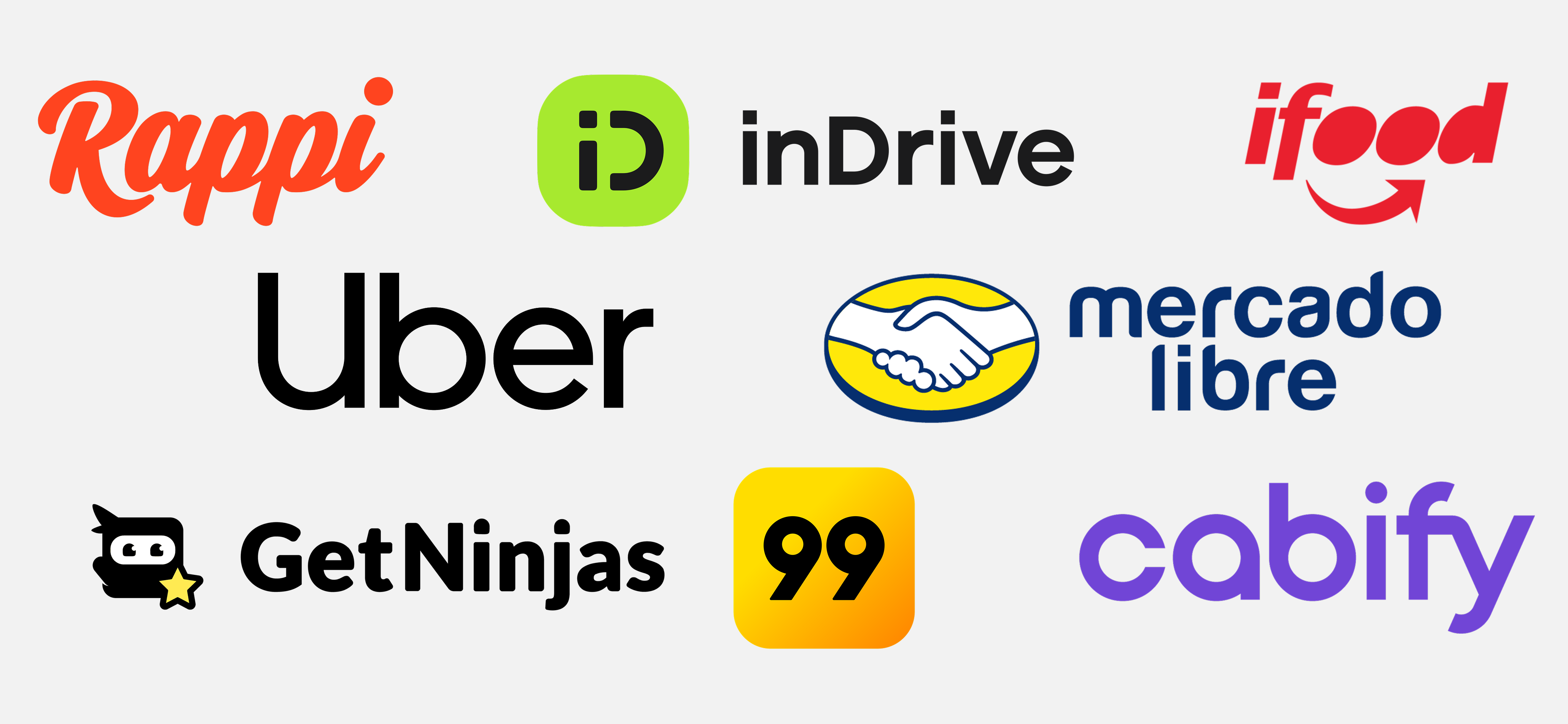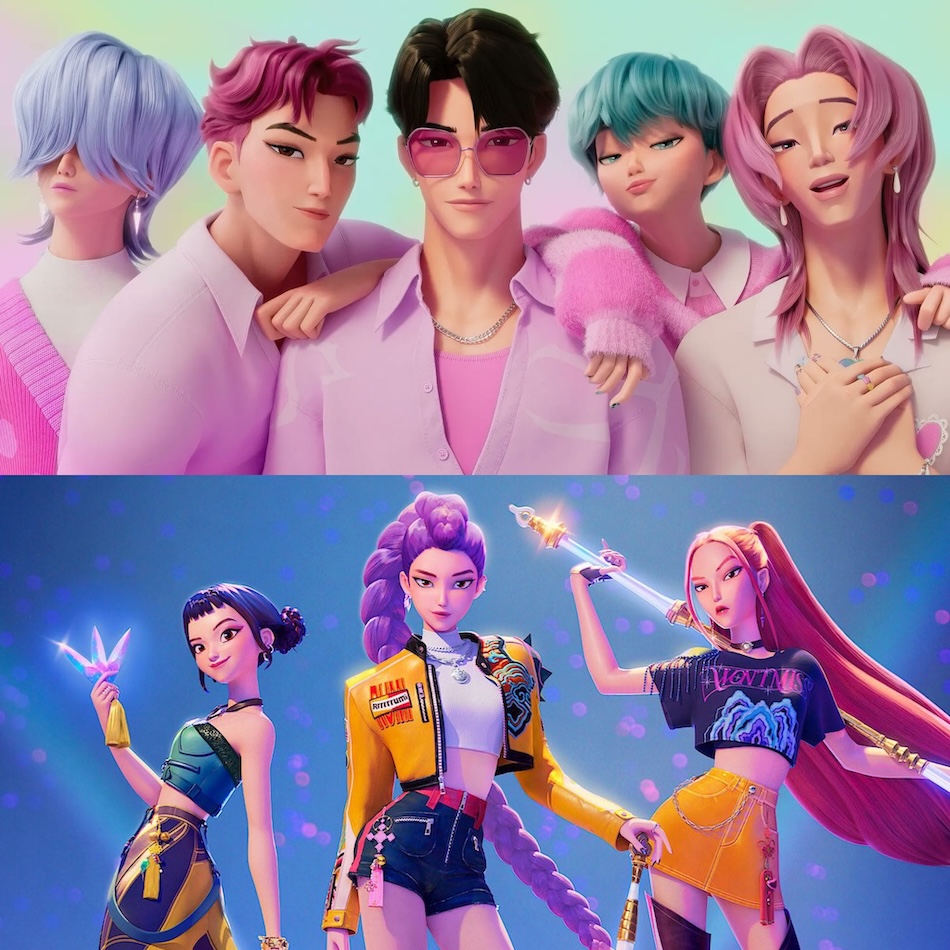The Evolution of Branding in Games
In an effort to capture the time and attention of consumers, brands’ marketing efforts have always chased where consumers spend their time. As video games continue to become a more important part of daily life (Gen Z gamers average 7 hours and 20 minutes of playtime each week while Millenials average 6 hours and 50 minutes), it’s no surprise that companies are focused on integrating in games. The relatively young age of the average gamer (~36 years old) ensures that brands have significant lifetime value upside by engaging their target market early (Newzoo).
Here's a great example of this:
- Unity announced ad mediation and bidding tools designed to maximize ad fill for developers and increase the number of relevant ads seen by players. This is designed to increase the competition for ad slots that ultimately benefits developers’ top line. The complete list of tools Unity is adding to the Dashboard include in-app bidding, A/B testing, granular reporting, and support for formats such as interstitial ads, quick start tools, and others. (GamesBeat)
There is a virtuous cycle where growing demand for audience engagement is expediting the development of tools that support these efforts. The increasing availability of high-quality tools encourages a greater shift towards in-game marketing.
Admix, a game advertising business, recently conducted a survey that confirmed the growing prevalence of in-game ads. According to the results, 81% of media buyers plan to either maintain or increase in-game advertising spend over the next 12 months, while 93% intend to run some form of in-game advertising by 2025. (GamesBeat).
History of In-Game Advertising: While the importance of advertising within games is rapidly gaining traction, this is by no means a new phenomenon. Brand integration within games dates back to 1983 when “advergames”, or games intentionally developed with branding at the core, came to market. One of the earliest examples of this was Tapper, an arcade game developed for Budweiser. The premise of the game was to serve customers beer by collecting empty glasses before they hit the floor. Although the game was intended to exclusively be featured within bars, it became popular enough for arcades to pick it up as well (Game Developer).
Despite the success of some early advergames, marketers knew that a less intrusive approach would be a more sustainable way to capture users’ attention. This was proven out in 1991 with the release of James Pond 2: Robocod and their use of product placement. The original UK version of the game featured McVitie’s Penguin Biscuits, which allegedly outsold KitKat for the first time in the product’s history shortly after the game launched. (WhatCulture) Maybe this is a case of correlation not being equal to causation, but the product placement thesis lived on.
One of the early examples that most closely resembles modern in-game advertising strategy was Crazy Taxi, which was released in 1999. Considering the core game focused on driving users to their destination as quickly as possible, brands like KFC, FILA, and Pizza Hut were seamlessly integrated as locations in-game. (GameCareerGuide) In a way, the branding actually enhanced the gameplay by making the city feel more real.
Throughout the last couple of decades, in-game advertising strategy has essentially tried to mimic Crazy Taxi. The overarching goal in this space is to get ads in games without detracting from the user experience and causing a backfire that negatively impacts perception of the brand. Platforms like Admix and Unity are making it easier for brands to enter games and therefore more lucrative for developers, but the objective remains relatively unchanged.
However, the rise of the Metaverse (whatever that ultimately means) is reshaping the way brands seek to engage consumers. Rather than focusing on having brand recognition through embedded product placement, brands are seeking to truly become a part of users’ digital lives. This has already been seen in a few different ways, with near infinite possibilities as digital identities and experiences become more important.
- Digital Assets: As blockchain technology has transformed digital asset ownership, users have become more interested in their virtual identity. One of the earliest manifestations of this is through a brand called The Fabricant, which creates digital fashion and partners with well-known brands such as Adidas, Tommy Hilfiger, and Under Armour. Similar to NBA Top Shot, they are the official provider of these assets making them more valuable than if anyone were to slap an Adidas logo on a tshirt and sell it as an NFT. Branded digital assets unlock additional revenue streams and exposure that were not previously available.
- Digital Experiences: Roblox has demonstrated the opportunity for brands to engage with users in an immersive way. Examples include partnering with Warner Brothers to create a playable virtual rendition of an In The Heights movie set and incorporating a limited-time “Gucci Garden Experience” where players develop one-of-a-kind creations. This goes far beyond branding - it’s an experience that people choose to spend time in.
In a way, this almost feels like marketing within games is coming full circle: creating compelling standalone advergames that engage the user → marketing within games with subtle branding that doesn’t interfere with the user’s experience → custom Metaverse content that users want to engage with.
Takeaway: Marketers have always viewed games as a compelling channel for engaging consumers. While the technology platforms that enable in-game integration have become more sophisticated, the in-game marketing strategy has not meaningfully evolved over the last two decades. However, the popularity of the Metaverse is creating a new opportunity for brands to become more directly involved in consumers’ lives through the digital world.







.png)

.png)


.png)
.png)



.png)

.png)

.png)



.png)


.png)

.png)
.png)
.png)
.png)
.png)
.png)


